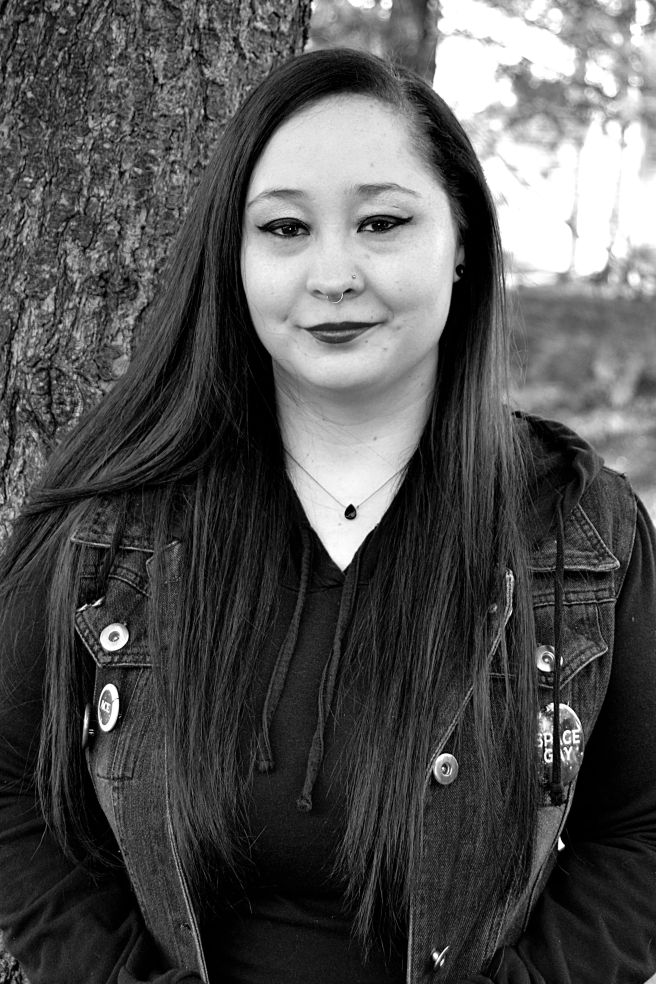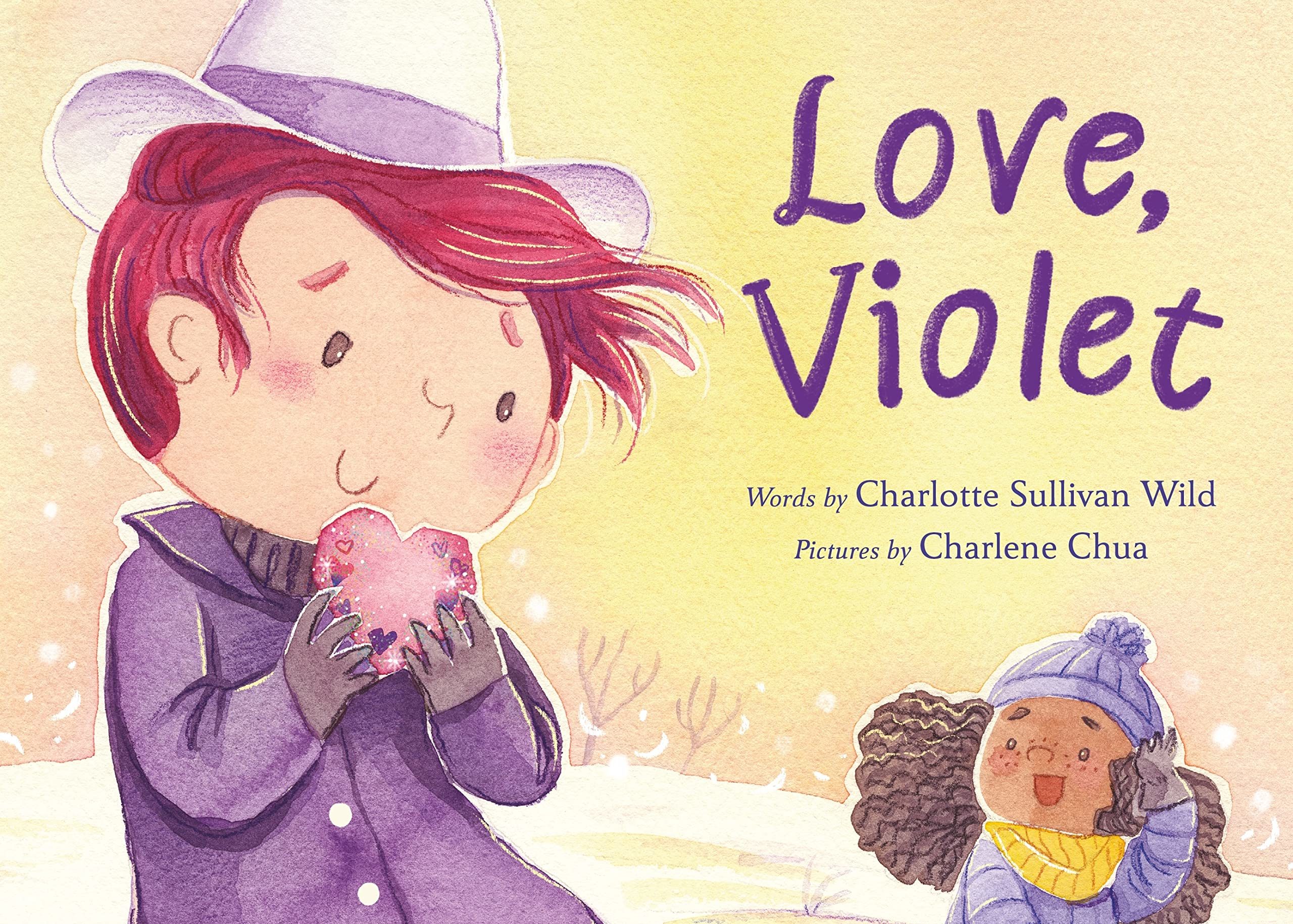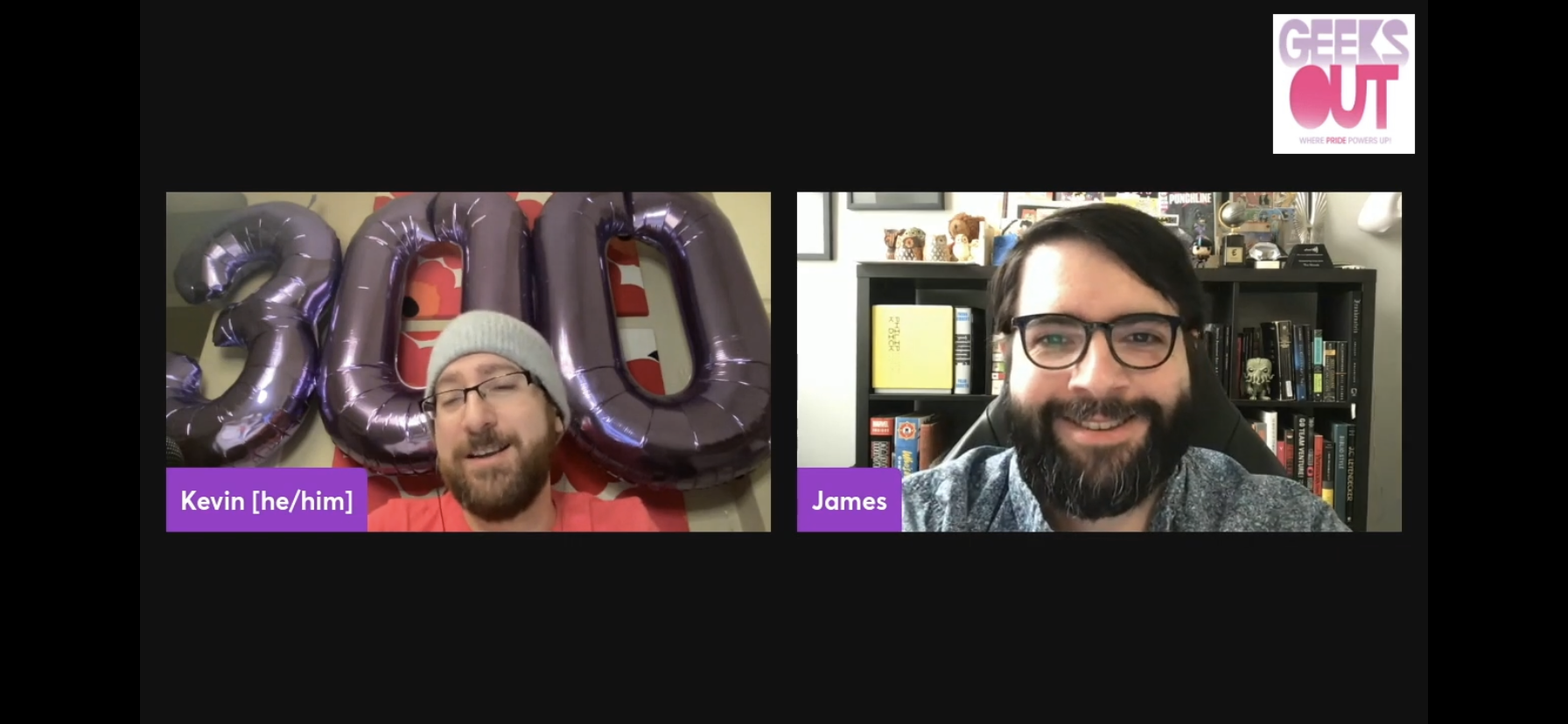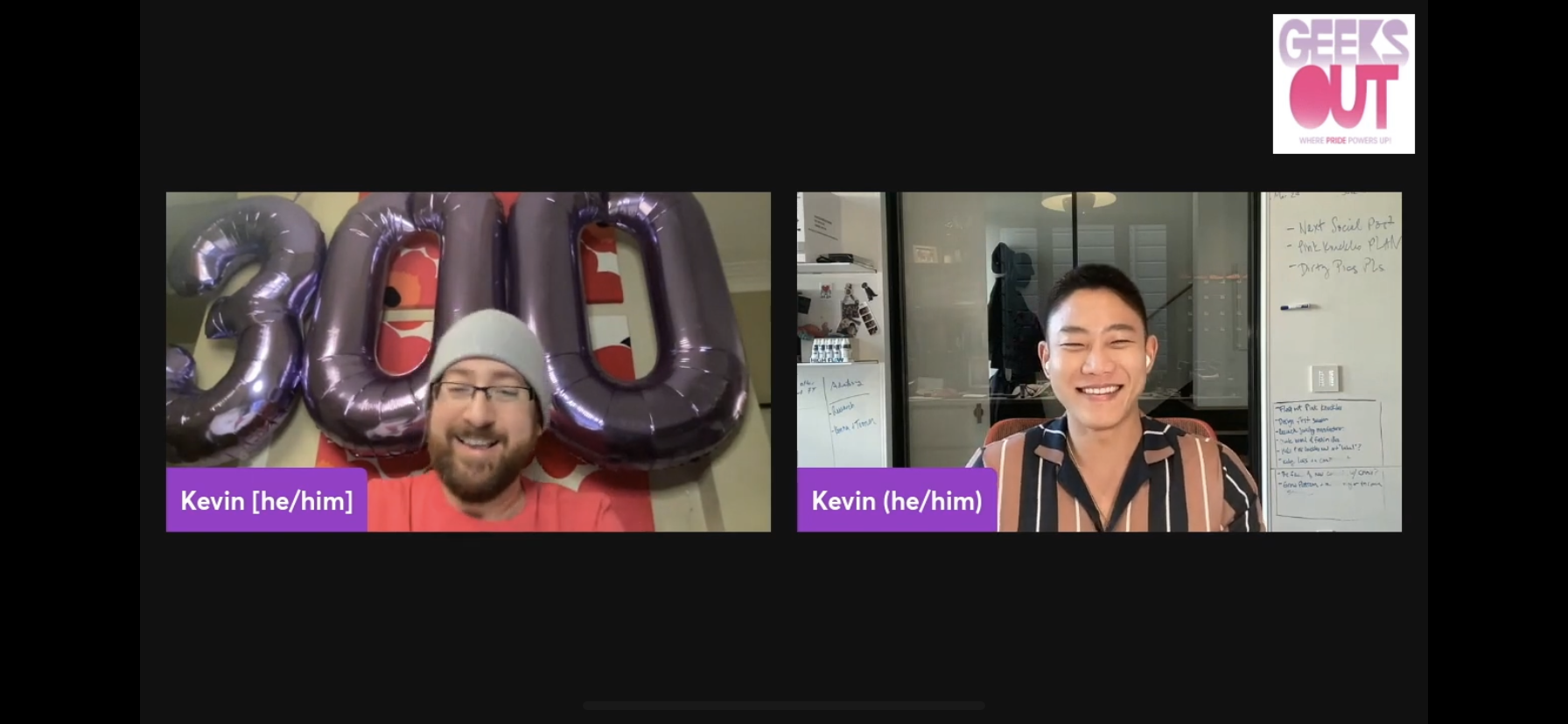
by Michele Kirichanskaya | Mar 18, 2022 | Blog
Courtney Lane (she/her) and Royce (no pronouns/he/they) are a married asexual couple of nearly 8 years who host The Ace Couple podcast where they talk about all things Asexuality. By discussing queer culture and history, they explore the topics of life, love, and sex...

by Michele Kirichanskaya | Mar 16, 2022 | Blog
Skye Quinlan (she/they) was born in California during an earthquake and raised in the Midwest, where cornstalks outnumber people. Forward March (Page Street Kids, March 8th, 2022) is her debut novel. When she’s not writing, you can catch her at the nearest metaphysics...

by Michele Kirichanskaya | Mar 11, 2022 | Blog
Charlotte Sullivan Wild is the author of the picture books LOVE, VIOLET, illustrated by Charlene Chua (Farrar, Straus and Giroux; Jan. 4, 2022), and THE AMAZING IDEA OF YOU, illustrated by Mary Lundquist (Bloomsbury, 2019). She has previously worked as an educator,...

by Kevin Gilligan | Mar 11, 2022 | Podcast
https://geeksoutpodcast.libsyn.com/flame-con-retrospective-w-james-tynion-iv In our final celebration of the 300th episode the Geeks OUT Podcast, Kevin sits down with the prolific writer, James Tynion IV, as they reflect on the very first Flame Con in 2015. They...

by Kevin Gilligan | Mar 10, 2022 | Podcast
https://geeksoutpodcast.libsyn.com/flame-con-retrospective-w-kevin-wada We’re celebrating the Geeks OUT Podcast’s 300th episode with a look back at the first Flame Con back in 2015 with host Kevin and the hotly in-demand artist, Kevin Wada. They look back...






